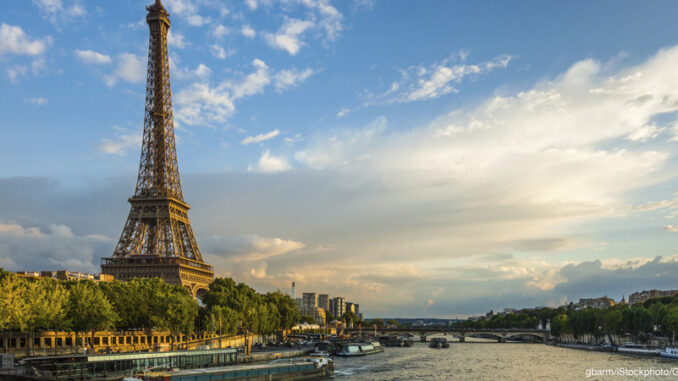
On June 1, President Trump announced that the United States was withdrawing from the historic Paris Climate Accord. Here, we take a look at what the Paris Accord is, how it differs from other, past environmental treaties, and what impact Trump’s decision will have.
What is the Paris Accord?

The Paris Climate Accord (otherwise known as the Paris Climate Agreement) was signed in Paris on December 12, 2015 by representatives of 196 nations (only Nicaragua and Syria refused to sign). The goal of the agreement is to promote clean energy, to cut down on greenhouse gas emissions, and to limit the rise of global temperatures. The agreement also acknowledges that some degree of climate change is now unavoidable, and encourages nations to cooperate to deal with its impact.
The central goal of the Paris Accord is to prevent the global temperature from rising more than two degrees Celsius above pre-industrial levels. (Currently, the global temperature has risen about one degree Celsius.) To help developing nations meet this goal, the agreement calls for the developed world to provide at least $100 billion per year to help them make the switch to clean energy and adapt to the problems caused by climate change.
The Paris Accord isn’t legally binding, and its language allows for a lot of flexibility in how its requirements are met. For example, it suggests that reductions begin around 2020. After 2020, each nation’s targets will be reevaluated every five years. The ultimate goal is zero carbon emissions by the middle of the century.
What Makes the Paris Accord Different?
The Paris Accord is not the first international environmental treaty. In the 1990s, a similar goal was attempted with the Kyoto Protocol. Under the Kyoto agreement, every developed country was legally bound to reduce its emissions by a certain percentage by 2012. The European Union, for example, was required to reduce its emissions 8 percent from pre-1990 levels. Developing nations, on the other hand, didn’t have to reduce emissions at all. The Kyoto Protocol failed, largely because it didn’t require developing nations like China and India–two of worst emissions offenders–to reduce their omissions. The United States refused to sign the agreement (President Clinton signed it, but the Senate voted against ratifying it).
The Paris Accord is different because it isn’t legally binding, and it doesn’t force a one-size-fits-all approach; each country is encouraged to meet the emissions standards in whatever way it chooses. Furthermore, while the Kyoto Protocol allowed developing nations (half the world) to opt out, the Paris Accord encourages every nation to do its part.
What Does This Mean for the U.S.?
Pulling out of the Paris Agreement may not have the huge environmental impact that many people fear. Some experts have pointed out that many of the most important environmental decisions in our country aren’t made by the U.S. government anyway, but by individual companies. Energy companies, for example, are increasingly moving away from coal and toward clean energy options.
Local and state governments also have a great deal of control over emissions standards. Governor Jerry Brown of California, for one, has led the charge for ambitious greenhouse gas reduction, with many other governors and mayors following suit. If states, cities, and companies all work together, it will be possible to fight climate change even without the support of the federal government.
